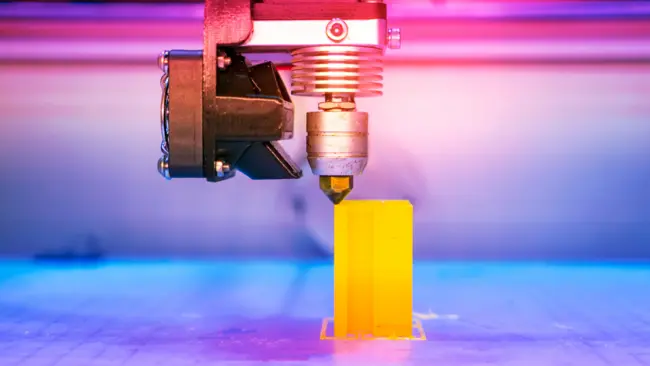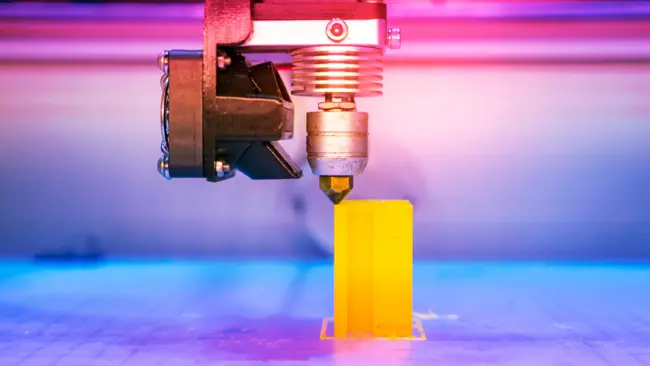
3d Metal Printing Technology
3D metal printing is a type of additive manufacturing technique that creates a three-dimensional object from a digital model. This technology has made it possible to create complex shapes that were impossible to make before. One of the benefits of 3D metal printing is the ability to create intricate, thin features. In traditional manufacturing techniques, metals cannot be formed into thin layers, which limits the size and complexity of the parts that can be created. Today, many manufacturers use 3D metal printing to produce intricate parts with the same strength as cast or forged parts.
3D metal printing is a type of additive manufacturing technique that creates a three-dimensional object from a digital model.
3D metal printing is a type of additive manufacturing technique that creates a three-dimensional object from a digital model. It uses an inkjet printer to deposit layers of metal powders, which are then fused with high heat and pressure. 3D metal printing can be used to make parts for jet engines, medical devices and consumer products such as jewellery.
This technology has made it possible to create complex shapes that were impossible to make before.
This technology has made it possible to create complex shapes that were impossible to make before. For example, you can print a single object with multiple materials and in a single process, which would have been impossible with traditional manufacturing methods.
One of the benefits of 3D metal printing is the ability to create intricate, thin features.

One of the benefits of 3D metal printing is the ability to create intricate, thin features. In traditional manufacturing processes, you would have to make a mould and cast each piece individually. With 3D metal printing, you can print an entire part in one go!
This means that if you want something with lots of small details or even holes all over it (like this) then 3D printing is your best option for making it happen quickly and easily.
In traditional manufacturing techniques, metals cannot be formed into thin layers, which limits the size and complexity of the parts that can be created.
In traditional manufacturing techniques, metals cannot be formed into thin layers, which limits the size and complexity of the parts that can be created. With 3D metal printing technology, you can use a laser to melt metal powder layer by layer until you create your final product. This process allows for intricate designs that were previously impossible to make using other methods because it doesn’t require support structures like other additive manufacturing processes do; this means that there are no limitations on what kinds of shapes or features are possible with this technique!
Today, many manufacturers use 3D metal printing to produce intricate parts with the same strength as cast or forged parts.
3D metal printing is used to produce intricate parts with the same strength as cast or forged parts. The ability to create complex geometries, thin wall sections, and accurate surface finishes makes 3D metal printing a valuable tool for manufacturers.
Today, many manufacturers use 3D metal printing to produce intricate parts with the same strength as cast or forged parts. In some cases, 3D printed components are stronger than traditional methods because they have more material and less porosity within them–meaning there are fewer air bubbles trapped inside your part after production!
Takeaway:
You can create complex parts that are difficult or impossible to produce with traditional manufacturing methods. The process is used for making prototypes, tooling and production components for metal parts. The technology offers designers a high degree of freedom in creating the final product shape, which can be done without having to worry about tooling costs or the need for secondary processes like machining or finishing.
Conclusion
3D metal printing is a revolutionary technology that has the potential to change the way we manufacture products. This method allows manufacturers to create complex parts with intricate features that would have been impossible before. The process also creates stronger parts than traditional manufacturing methods like casting or forging, so it could revolutionize industries such as aerospace engineering where safety is paramount.

Leave a Reply